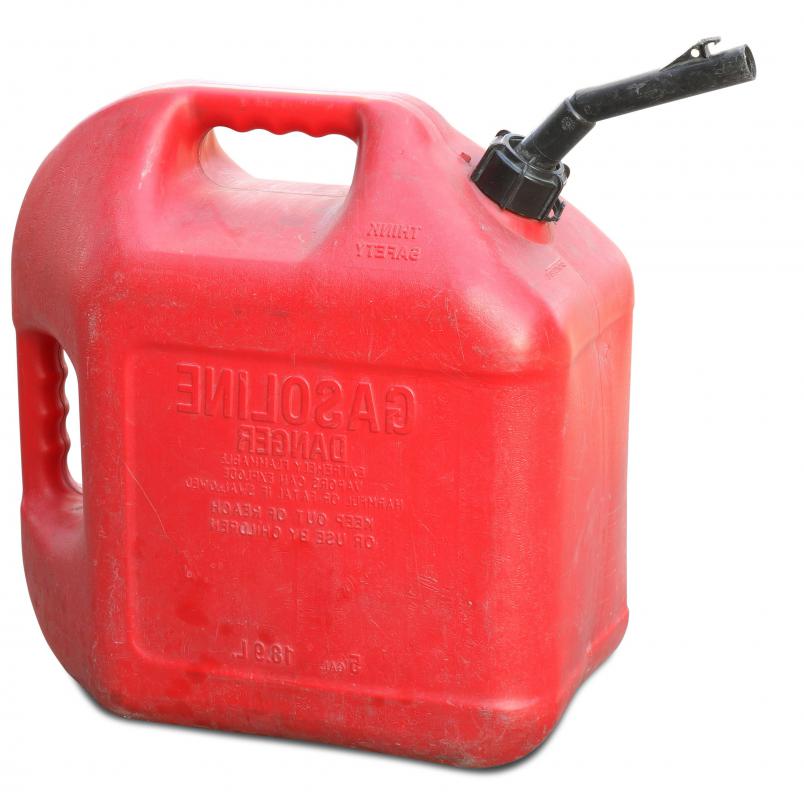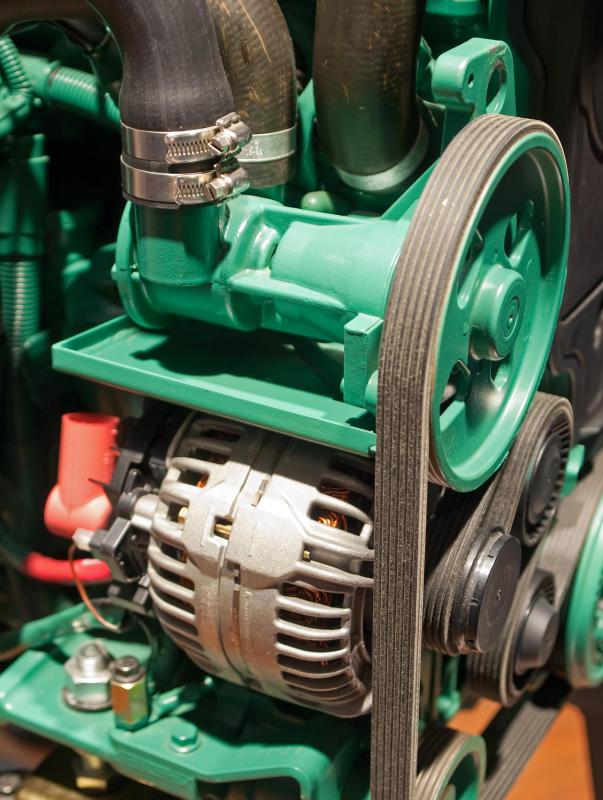At HomeQuestionsAnswered, we're committed to delivering accurate, trustworthy information. Our expert-authored content is rigorously fact-checked and sourced from credible authorities. Discover how we uphold the highest standards in providing you with reliable knowledge.
What is a Backup Generator?
A backup generator is a stand-alone fuel-driven power source typically put into action when a residential or commercial building loses electrical power. The loss of power often occurs during natural disasters or environmental or man-made damage to electrical poles and lines. An unexpected overloading of the electrical grid can also shut down power to one neighborhood or an entire region.
Homeowners can often weather a temporary loss of electrical power with a few candles and battery-operated lights, but extended outages usually require a home backup generator. Hospitals, emergency services, and other essential entities generally require constant power. In these cases, a backup generator can be put into place quickly to restore functionality to critical equipment, transit, and security systems.

A backup generator can be portable or stationary, emergency or standby. Emergency generators are typically smaller, wheeled units that run on diesel or gasoline. Standby generators are usually larger, stationary, and run on propane or natural gas. Each type has advantages and disadvantages in regard to availability, price, cost to run, ease of use, and longevity.

Portable diesel and gas backup generators are typically inexpensive to purchase, readily available, and generally easy to put into position relative to stationary backup generators. Stationary backup generators are typically installed by professionals and two to four times as expensive to obtain than the smaller portable generators. Diesel- and gas-powered generators normally require a large stock of fuel on site, which typically requires stabilization to function when needed. Stationary generators can be connected to propane tanks or natural gas lines, and many will start up automatically when a loss of power is sensed.

A typical portable backup power unit can power lights and a few essential items in the home, such as the refrigerator. The larger propane or natural gas generators can usually power an entire household, including forced air heaters, hot water heaters, and air conditioners.
Portable backup generators typically hold from five to 15 gallons (18 to 57 liters) and provide power for a few hours before needing refueling. Standby generators usually have large fuel tanks for gasoline or diesel, or can be connected to natural gas lines. These whole-house generators, some of which weigh up to a ton (907 kilograms), can often run for several days. The need for a portable or standby backup generator is typically determined by the average amount of power needed, the likelihood of frequent or prolonged outages, and available space for the unit and fuel storage.
AS FEATURED ON:
AS FEATURED ON:













Discuss this Article
Post your comments